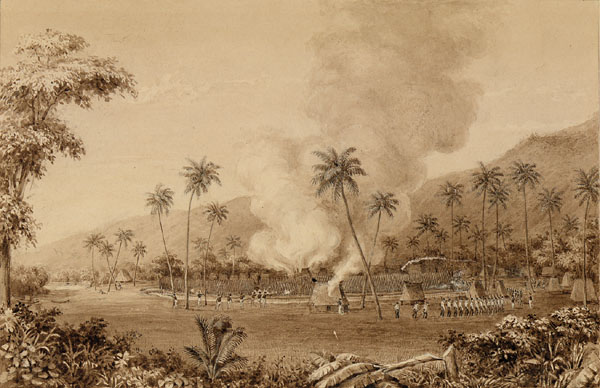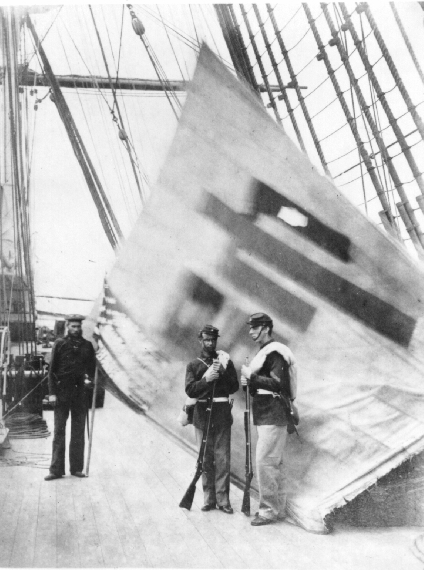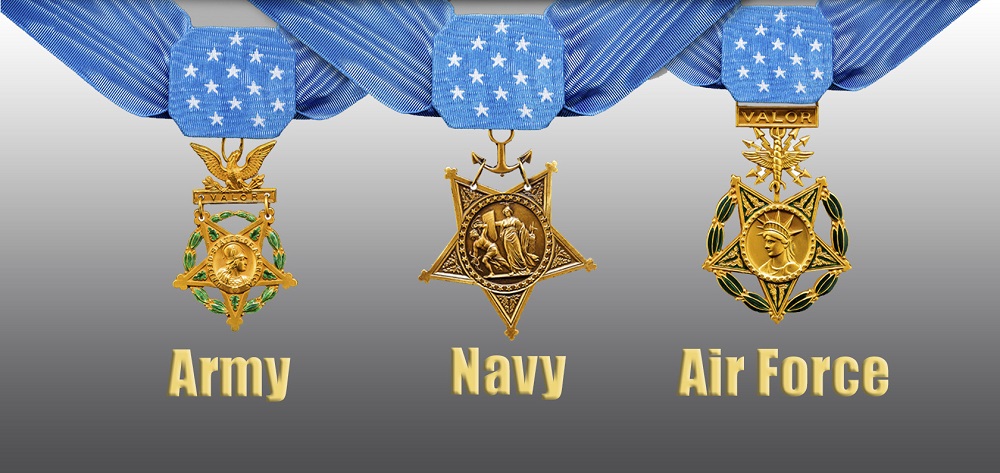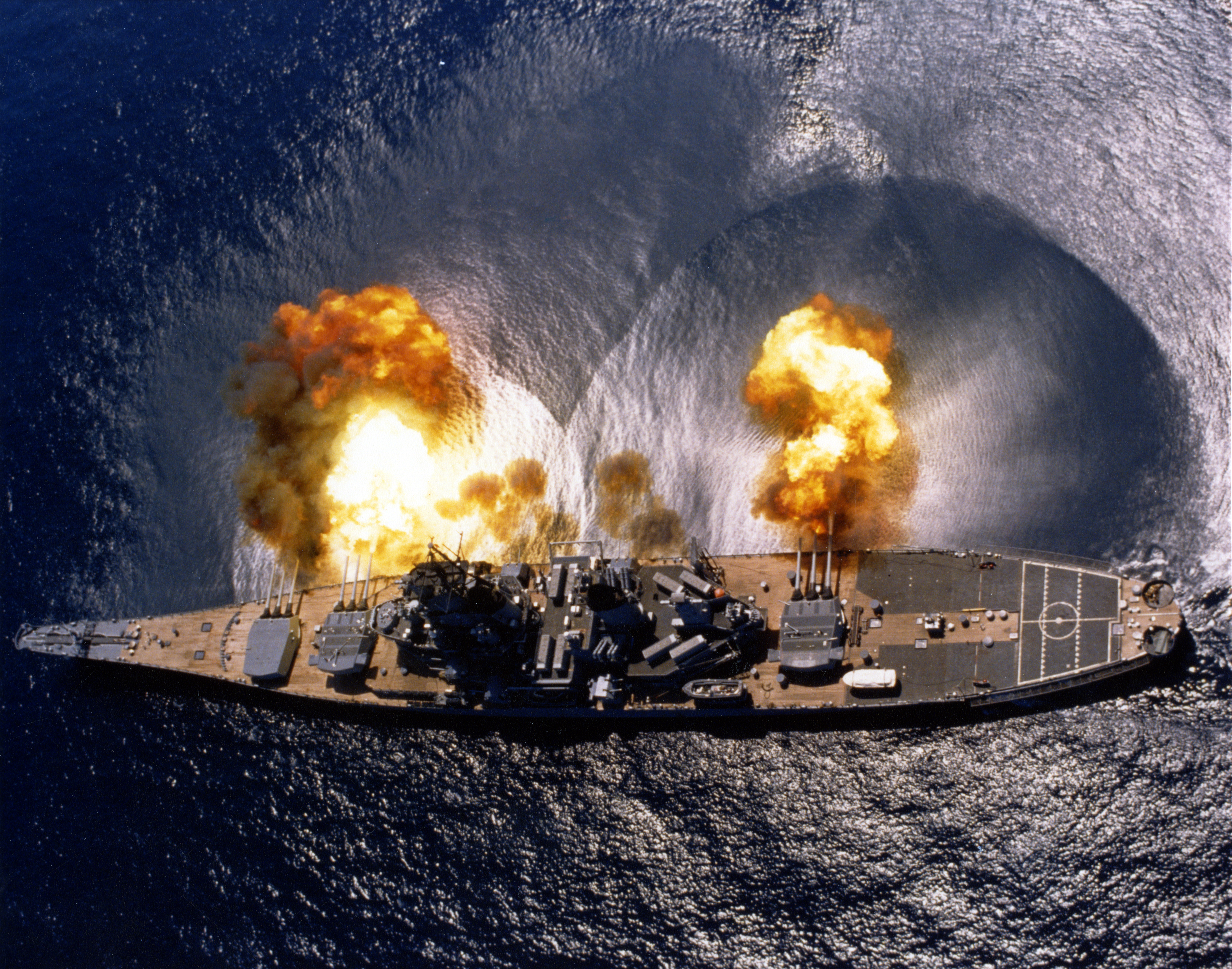|
USS Alaska (1868)
The first USS ''Alaska'' was a wooden-hulled screw sloop of war, built at the Boston Navy Yard and named for the then-newly acquired territory. The ship was launched on 31 October 1868 and sponsored by Miss Grace Hull, the daughter of Mayor Liverus Hull of Charlestown, Boston. ''Alaska'' was commissioned on 8 December 1869, with Commander Homer C. Blake in command. Service history Asiatic Squadron, 1870–1872 On 9 April 1870, ''Alaska'' got underway from New York in company with Rear Admiral John Rodger's flagship, the screw frigate ''Colorado''. However, the two warships soon parted company; and ''Alaska'' steamed independently to the Far East where she visited many of the more important ports to show the flag until May 1871. At that time, ''Alaska'' joined four other ships of the Asiatic Squadron in a visit to Korea in order to secure a treaty to open the " Hermit Kingdom" to the west. The five ships departed Nagasaki, Japan, on 16 May 1871 and arrived at Roze Roads near ... [...More Info...] [...Related Items...] OR: [Wikipedia] [Google] [Baidu] |
United States Expedition To Korea
The United States expedition to Korea, known in Korea as the ''Shinmiyangyo'' () or simply the Korean Expedition, was an American military action in Korea that took place predominantly on and around Ganghwa Island in 1871. Background Frederick Low, the American ambassador to China, sent the mission to ascertain the fate of the merchant ship ''General Sherman'', which had gone missing while visiting Korea in 1866. According to a ''National Interest'' article, Low's own records indicated the punitive campaign was motivated by a need to demonstrate American power over what he considered to be a weaker nation. Previously, the American commanders had felt entitled. They would "peacefully" enter Korean waters for survey and trade aboard heavily armed warships, all the while ignoring repeated diplomatic requests to respect Korean sovereignty. Korean officials had sent letters holding the Americans responsible for unlawfully sending warships into their territorial waters, and also e ... [...More Info...] [...Related Items...] OR: [Wikipedia] [Google] [Baidu] |
Asiatic Squadron
The Asiatic Squadron was a squadron (naval), squadron of United States Navy warships stationed in East Asia during the latter half of the 19th century. It was created in 1868 when the East India Squadron was disbanded. Vessels of the squadron were primarily involved in matters relating to American commerce with Late Imperial China, China and Empire of Japan, Japan, though it participated in several conflicts over 34 years of service until becoming the Asiatic Fleet in 1902. History Korean Expedition In May 1871, Rear Admiral (United States), Rear Admiral John Rodgers (American Civil War naval officer), John Rodgers went to Korea, commanding an expedition of five Asiatic Squadron vessels, the screw frigate , the Propeller, screw Sloop-of-war, sloops-of-war and , the Paddle steamer#Sidewheeler, sidewheel gunboat , and the screw Tugboat, tug . The objective of the operation was to ascertain the fate of the merchant ship General Sherman Incident, SS ''General Sherman'', establis ... [...More Info...] [...Related Items...] OR: [Wikipedia] [Google] [Baidu] |
European Squadron
The European Squadron, also known as the European Station, was a part of the United States Navy in the late 19th century and the early 1900s. The squadron was originally named the Mediterranean Squadron (United States), Mediterranean Squadron and renamed following the American Civil War. In 1905, the squadron was absorbed into the North Atlantic Fleet. Second Anglo-Egyptian War The Egyptian Expedition (1882), Egyptian Expedition in June and July 1882 was a response by the United States to the British and French Bombardment of Alexandria (1882), attack on Alexandria, Egypt, Alexandria during the Anglo-Egyptian War. To protect American citizens and their property within the city, ships of the European Squadron, under Rear Admiral James W. Nicholson, James Nicholson, were sent to Egypt with orders to observe the conflict ashore and make a landing if necessary. British and French forces heavily damaged the city and started a large fire so a force of marines and sailors were landed an ... [...More Info...] [...Related Items...] OR: [Wikipedia] [Google] [Baidu] |
Punitive Expedition
A punitive expedition is a military journey undertaken to punish a political entity or any group of people outside the borders of the punishing state or union. It is usually undertaken in response to perceived disobedient or morally wrong behavior by miscreants, as revenge or corrective action, or to apply strong diplomatic pressure without a formal declaration of war (e.g. surgical strike). In the 19th century, punitive expeditions were used more commonly as pretexts for colonial adventures that resulted in annexations, regime changes or changes in policies of the affected state to favour one or more colonial powers. Stowell (1921) provides the following definition: When the territorial sovereign is too weak or is unwilling to enforce respect for international law, a state which is wronged may find it necessary to invade the territory and to chastise the individuals who violate its rights and threaten its security. Historical examples *In the 5th century BC, the Achaem ... [...More Info...] [...Related Items...] OR: [Wikipedia] [Google] [Baidu] |
List Of Medal Of Honor Recipients
The Medal of Honor was created during the American Civil War and is the highest military decoration presented by the United States government to a member of its armed forces. Recipients must have distinguished themselves at the risk of their own lives above and beyond the call of duty in action against an enemy of the United States. Due to the nature of this medal, it is commonly presented posthumously. The President of the United States, in the name of the United States Congress, has awarded more than 3,520 Medals of Honor, including 19 second awards, to the nation's soldiers, sailors, airmen, marines, and coast guardsmen since the decoration's creation in 1861. The citations highlighting acts of gallantry that received the Medal of Honor have been and continue to be regularly released by book publishers. After the Second World War, both the Army and Navy produced hardbound Medal of Honor compilations. Between 1964 and 1979, the United States Senate Subcommittee on Veterans' Aff ... [...More Info...] [...Related Items...] OR: [Wikipedia] [Google] [Baidu] |
Medal Of Honor
The Medal of Honor (MOH) is the United States Armed Forces' highest Awards and decorations of the United States Armed Forces, military decoration and is awarded to recognize American United States Army, soldiers, United States Navy, sailors, United States Marine Corps, marines, United States Air Force, airmen, United States Space Force, guardians, and United States Coast Guard, coast guardsmen who have distinguished themselves by acts of valor. The medal is normally awarded by the president of the United States (the commander in chief of the armed forces) and is presented "in the name of the United States Congress." It is often referred to as the Congressional Medal of Honor, though the official name of the award is simply "Medal of Honor." There are three distinct variants of the medal: one for the United States Department of the Army, Department of the Army, awarded to soldiers; one for branches of the United States Department of the Navy, Department of the Navy, awarded to sa ... [...More Info...] [...Related Items...] OR: [Wikipedia] [Google] [Baidu] |
Sujagi
The ''Sujagi'' is a flag with the hanja , pronounced in Korean, that denotes a commanding general. The whole term literally means, "Commanding general flag". Only one ''sujagi'' is known to exist in Korea. The color is a faded yellowish-brown background with a black character in its center. It is made of hemp cloth and measures approximately 4.15m x 4.35m. History This type of flag was put in a fortress where a commanding general was located. In the case of the extant ''sujagi'' in Korea, it represented General Eo Jae-yeon who, in 1871, commanded the Korean military forces on Ganghwa Island, which is off the northwest coast of present-day South Korea, near the capital of Seoul. It was captured by the United States Asiatic Squadron in June of that year during the United States' expedition to Korea. As with other war prizes, it was put into the collection of the museum at the United States Naval Academy in Annapolis, Maryland. In October 2007, after many years of petit ... [...More Info...] [...Related Items...] OR: [Wikipedia] [Google] [Baidu] |
Charles Brown (Medal Of Honor, 1872)
Charles Brown (1849–?) was a U.S. Marine who received the United States' highest honor for bravery, the Medal of Honor. He was born in New York City, and enlisted in the Marine Corps from Hong Kong in June 1870, aboard the warship . His Medal of Honor was approved under General Order No. 169, dated 8 February 1872. There is no record of Brown having received his medal, as he deserted from the Marine Corps in Shanghai in October 1871, before the medal was approved. Medal of Honor citation Rank and organization: Corporal, U.S. Marine Corps. Born: New York, N.Y. Enlisted at: Hong Kong, China. G.O. No.: 169, 8 February 1872. Citation: :On board the in action against a Korean fort on 11 June 1871. Assisted in capturing the Korean standard in the center of the Citadel of the Korean Fort, June 11, 1871. See also * List of Medal of Honor recipients The Medal of Honor was created during the American Civil War and is the highest military decoration presented by the United States ... [...More Info...] [...Related Items...] OR: [Wikipedia] [Google] [Baidu] |
Hugh Purvis
Hugh Purvis (March 5, 1840 – February 12, 1922) was a United States Marine who received the Medal of Honor for actions on board the during the United States 1871 expedition to Korea. Biography Born in Philadelphia, Pennsylvania, Purvis enlisted in the Marine Corps on October 27, 1869. He reported immediately to the Marine Detachment aboard the USS ''Alaska'' soon departing for the Far East. During the punitive expedition to Korea, he took part in the assault on an enemy fort on the Han River. In desperate hand-to-hand fighting, the sailors and Marines stormed the walls of the citadel. Private Purvis ran immediately to the flagstaff which bore the Korean colors and loosed the halyards. He was joined by Cpl Charles Brown, and the two tore down the flag. For his "inspiring and heroic" act, Purvis received the Medal of Honor. He was discharged in 1873 and served two additional tours with the Marine Corps, 1874 to 1879 and 1879 to 1884, rising to the rank of corporal. He is bur ... [...More Info...] [...Related Items...] OR: [Wikipedia] [Google] [Baidu] |
Naval Gunfire Support
Naval gunfire support (NGFS), also known as naval surface fire support (NSFS), or shore bombardment, is the use of naval artillery to provide fire support for amphibious assault and other troops operating within their range. NGFS is one of several disciplines encompassed by the term ''naval fires''. Modern naval gunfire support is one of the three main components of amphibious warfare assault operations support, along with aircraft and ship-launched land-attack missiles. Shipborne guns have been used against shore defences since medieval naval warfare. Tactics Naval gunfire support is classified into two types: direct fire, where the ship has line of sight with the target (either visually or through the use of radar), and indirect fire, which, to be accurate, requires an artillery observer to adjust fire. When on the gun line, ships are particularly vulnerable to attack from aircraft coming from a landward direction and flying low to avoid radar detection, or from submari ... [...More Info...] [...Related Items...] OR: [Wikipedia] [Google] [Baidu] |
Howitzer
The howitzer () is an artillery weapon that falls between a cannon (or field gun) and a mortar. It is capable of both low angle fire like a field gun and high angle fire like a mortar, given the distinction between low and high angle fire breaks at 45 degrees or 800 mils (NATO). With their long-range capabilities, howitzers can be used to great effect in a battery formation with other artillery pieces, such as long-barreled guns, mortars, and rocket artillery. Howitzers were valued for their ability to fire explosive shells and incendiary materials into fortifications. Unlike mortars, which had fixed firing angles, howitzers could be fired at various angles, providing greater flexibility in combat. Throughout the 18th and 19th centuries, howitzers evolved to become more mobile and versatile. The introduction of rifling in the mid-19th century led to significant changes in howitzer design and usage. By the early 20th century, howitzers were classified into different categor ... [...More Info...] [...Related Items...] OR: [Wikipedia] [Google] [Baidu] |








